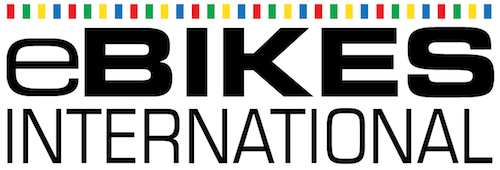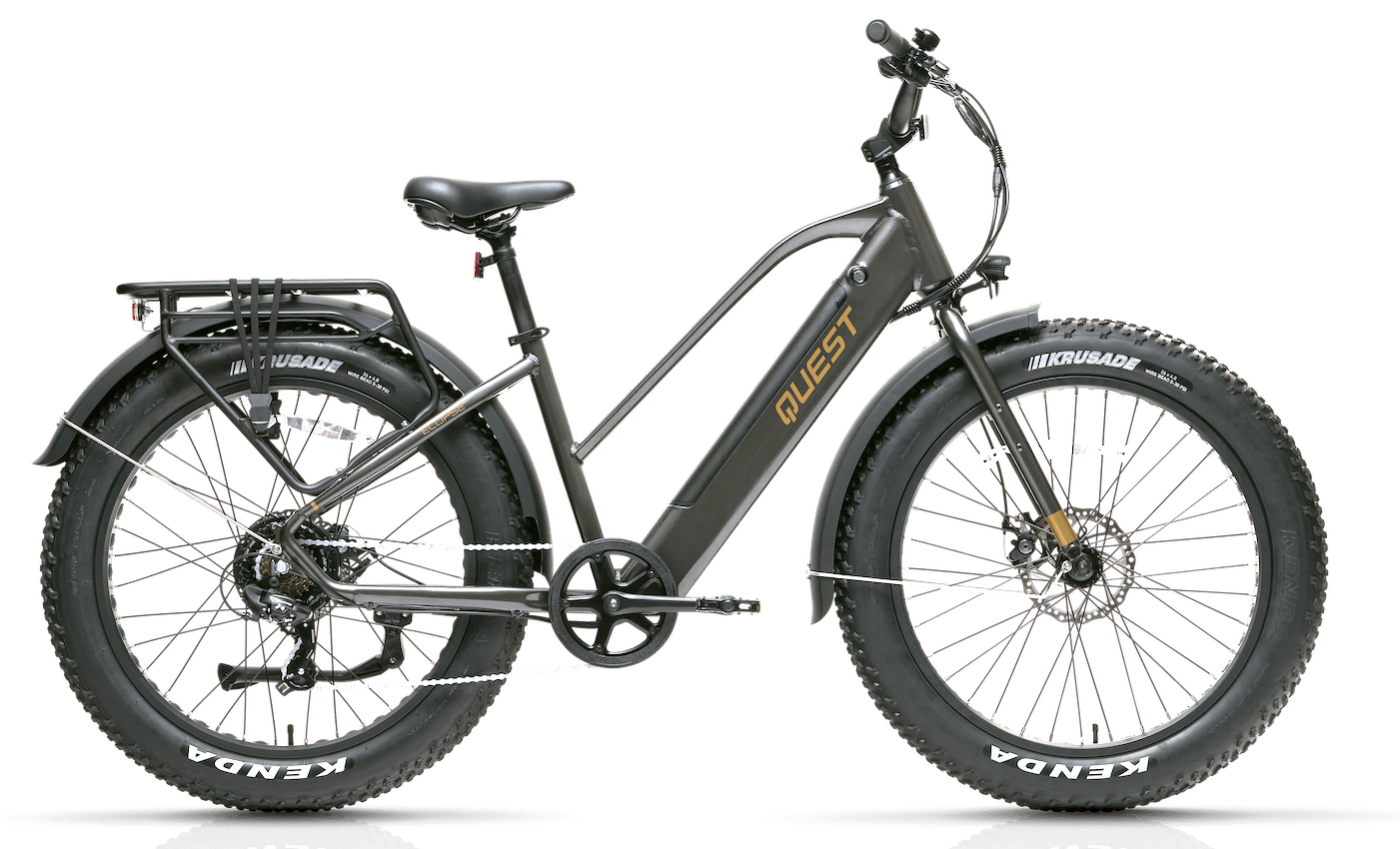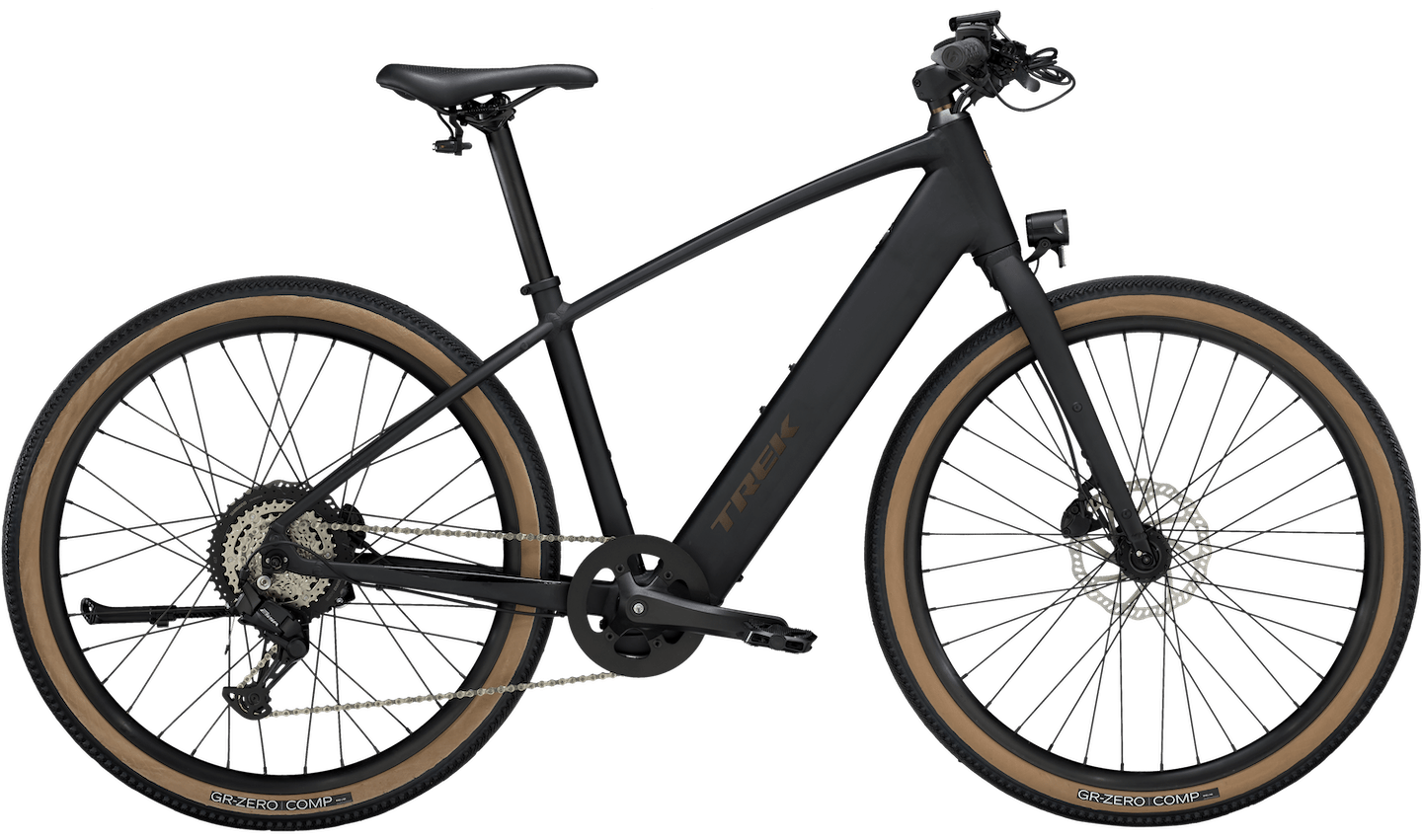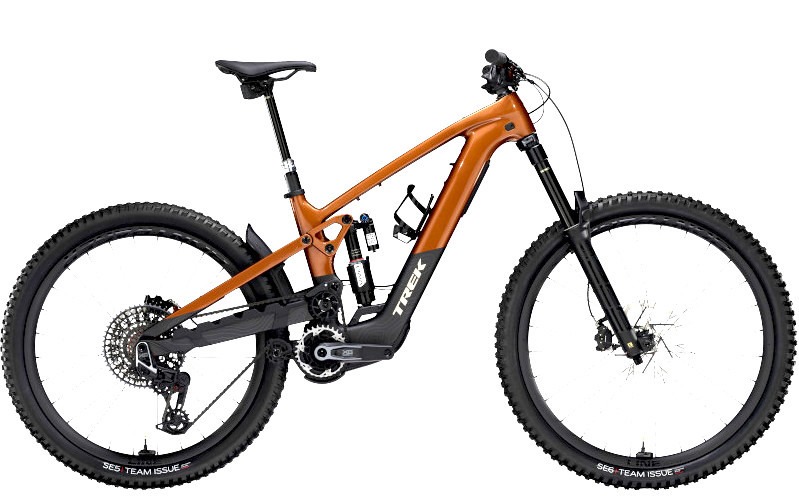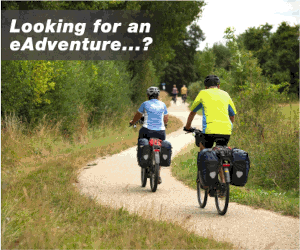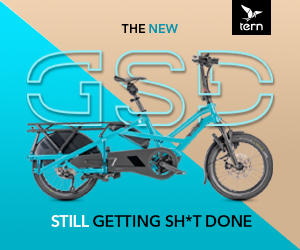October 18, 2020 - In 2020, concerns and practical realities like physical distancing, sustainability, climate change, micromobility and zero emissions have all taken centre stage. Electric bicycles have become key tools for people and families seeking to live safely and car-free; e-bikes are now also used by commercial businesses handling critical deliveries.
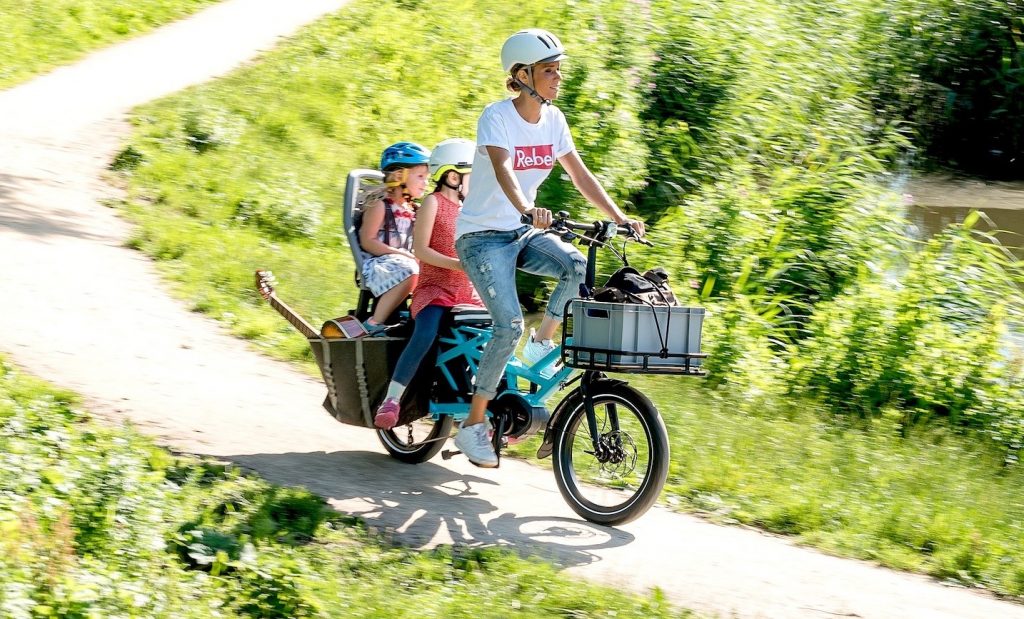
E-bikes and e-cargo bikes are being heralded as the most sustainable forms of transportation. Compared to automobiles, they are more eco-friendly, much cheaper to own and build roads for, and they are extremely energy- efficient relative to other vehicles. It’s no surprise that during the COVID-19 pandemic, both have become beacons of hope in the mainstream e-mobility toolbox.
Since e-bikes became widely available just over a decade ago, interest has been steadily building. With a small electric boost, commuters, seniors, and city dwellers can now bike up hills comfortably or travel longer distances without stress or even breaking a sweat. Logistics companies and local businesses can now move hundreds of kilograms of goods without costly vans.
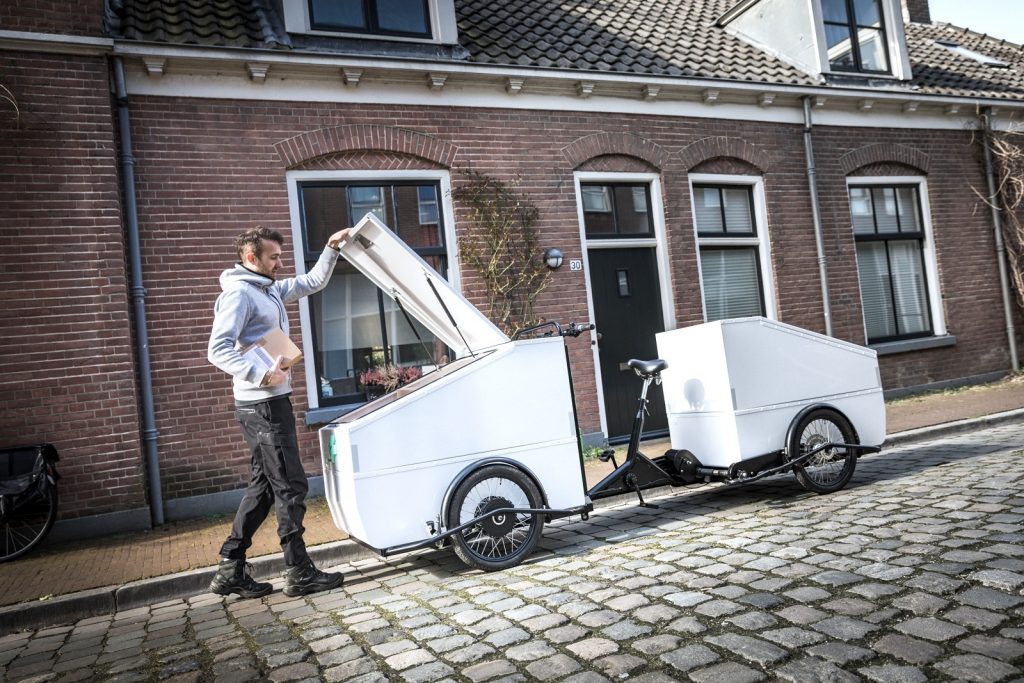
In 2018, the Netherlands was the first country to record more e-bike sales than regular bicycles. A recent City Changer Cargo Bike survey projects a market growth of 53% this year in Europe and saw 60% growth in 2019. Few industries have seen such dramatic expansion also recognized in reports from consulting giants like Deloitte, suggesting that e-bikes and e-cargo bikes are truly being seen as automotive replacement vehicles. The shortage of bicycles worldwide during the pandemic supports this change in mindset as cities and people seek sensible mobility solutions that are cost-effective and allow for social distancing over mass transit.
Over the past decade, Metro Vancouver has seen a significant modal shift in active transportation—and during the pandemic, cities like Toronto, Montreal, Winnipeg, Calgary, Edmonton and others have rapidly amplified this change nationwide. European leaders like Copenhagen boast that one in four families own a cargo bike, and the opportunity to accelerate positive changes in that direction is being supported and activated more loudly by urban planners.

Originating in The Netherlands in the early 20th century, cargo bikes were used by tradesmen to deliver food and other goods prior to the widespread use of the automobile. In Copenhagen during the 1930s, messengers moved goods all around the city by bicycle, and almost every company owned at least one cargo bike. Around the same time, deliveries were being made in the United Kingdom by a light-capacity cargo bike called a “butcher’s bike” with a rack mounted to the frame over the front wheel, like today’s randonneuring bicycles. This trend had spread to the United States, where the “cycle truck” was born and sold over 10,000 units annually at its peak of popularity during World War II. However, soon after, the automobile and interstate highways changed the urban landscape across North America.
Meanwhile, the evolution of cargo bikes continued. Currently, there are models in a variety of configurations with 2, 3, and 4-wheel options. Though they are more widespread in Europe, cargo bikes have been used for years as pedicabs in New York City by companies like Revolution Rickshaws, and more recently as delivery vehicles.
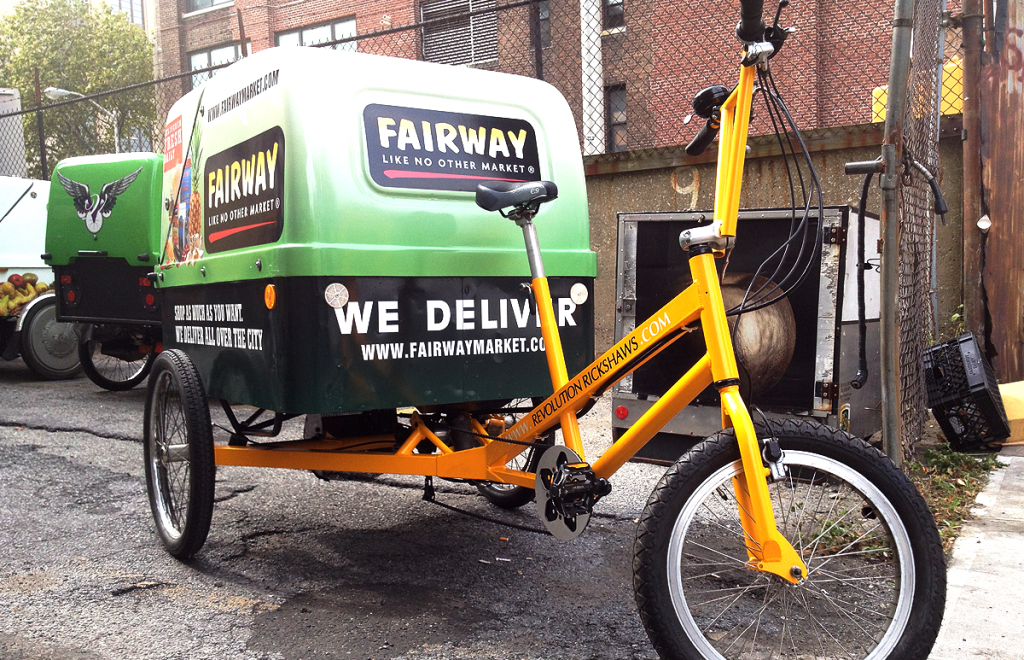
B-LinePDX, a sustainable delivery company in Portland, Oregon, not only performs deliveries but acts as a mini- hub for local grocers with warehousing and fulfilment solutions, and it also functions as a co-working space. As well, as a Benefit Corporation (B-Corp), it actively promotes sustainable solutions in multiple industries across Portland. A similar model has been emulated by SHIFT Delivery Co-operative in Vancouver, British Columbia.
However, the application of cargo bikes goes well beyond deliveries alone. CoffeeBike in Vancouver has multiple cargo bikes to serve coffee and pastries across the city.
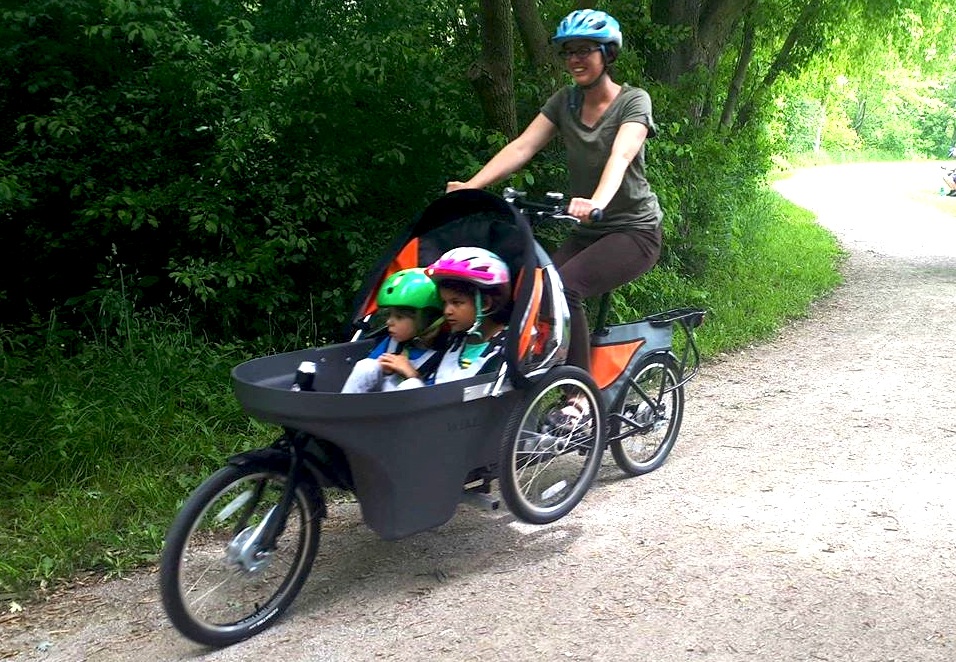
Cycling Without Age (CWA), started by Ole Kassow, is a non-profit organization out of Copenhagen with franchises around the world. CWA uses cargo bikes to get seniors out in the fresh air to explore their neighbourhoods.
There are vast opportunities for small businesses to use cargo bikes, from bookstores and libraries, to florists, grocers, skilled tradesmen, beer companies and others who can utilize these ingenious cycling machines for their commercial needs.
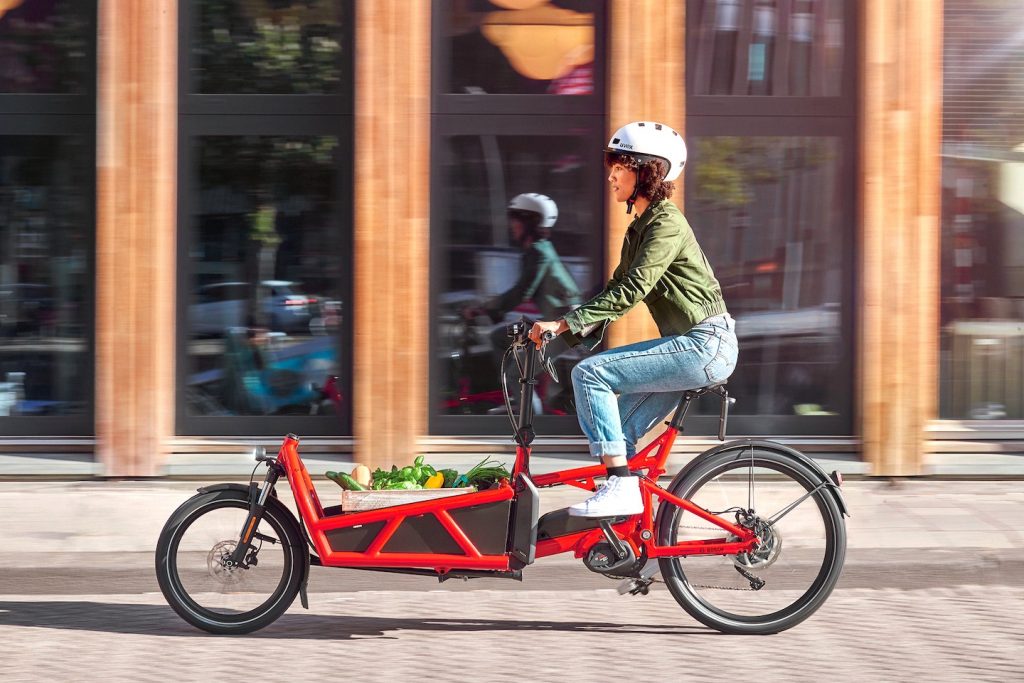
An innovative moving company in Europe utilizes cargo bikes to move apartments, a concept that can be transplanted to any city, neighbourhood or college campus across the globe. The cargo bike is a versatile transportation option that can be configured for families or businesses of all sizes to replace delivery vans or the family SUV.
Efforts such as the City Changer Cargo Bike Project by CycleLogistics, working in tandem with the European Cyclists’ Federation, Cycling Industries Europe, and the work of the International Cargo Bike Festival, have rapidly increased the awareness of cargo bikes worldwide. Their in-depth research, expansive pilot initiatives and white papers on the power of the cargo bike have enabled families, businesses and governments to further embrace change.
In addition, while their work has accelerated the growth of the cargo bike market across the European Union, it has helped spearhead more funding for cycling via broader initiatives such as the EU Green Deal.

As a result, small sustainable delivery firms are popping up in multiple cities, major logistics players are conducting numerous pilots around the globe, and new public-private partnerships are developing to advance sustainable freight. Like any mobility solution, integration into the urban environment is critical to its success.
In Amsterdam, DHL currently uses a floating barge “hub” for cargo bikes to deliver parcels in the downtown core. This system integrates seamlessly into their delivery network, takes numerous delivery vans off roadways, and has improved the speed and productivity of both pickups and deliveries in the central core of the city.
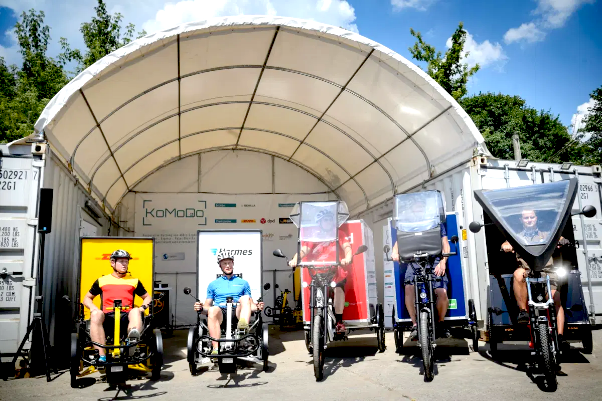
In Berlin, a public-private partnership program called KoMoDo, with funding from the city and operations by a non- government organization (NGO), has set up a mini-hub near the downtown core. At this hub, Germany’s top five delivery firms operate a cross-dock using their respective containers to load parcel shipments to e-cargo bikes for delivery. This initiative has been a huge success.
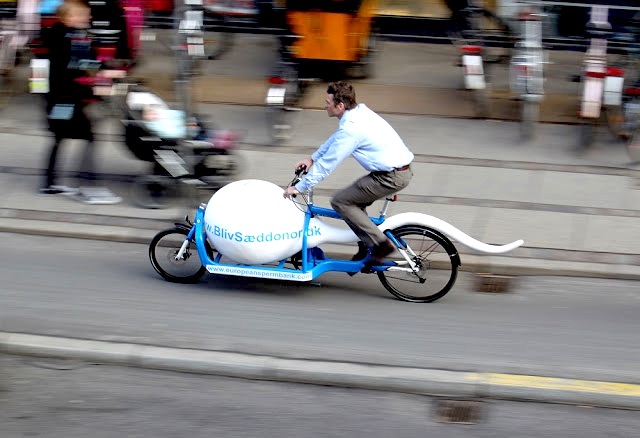
The European Sperm Bank in Copenhagen, one of Europe’s leading sperm banks, had Sperm Bullitt e-cargo bike custom built as an environmentally-friendly alternative to deliver sperm samples to the fertility clinics around the city. Here in North America, Montreal has taken a similar approach with its COLIBRI project, removing 15 delivery vans from the road, reducing greenhouse gas emissions, while improving productivity.
Amazon has also been ramping up cargo bike initiatives by using a large fleet of e-bikes with cargo trailers in New York City for deliveries from Whole Foods stores and warehouses. In Toronto, FedEx recently started testing the use of e-cargo bikes for delivery needs.
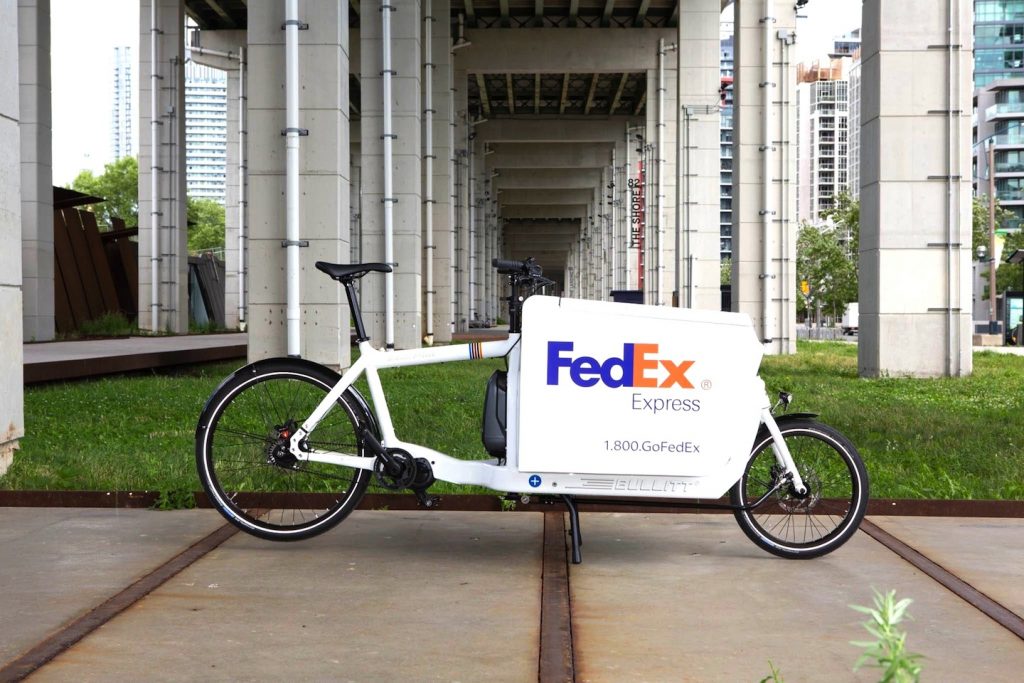
For each of these programs to succeed, a sustainable ecosystem is necessary. Service and maintenance planning, systems integration, cycling infrastructure and regulation are key factors. It is vital that these programs involve collaboration with local government at all levels, including regulations and policy.
A cargo bike pilot in Toronto to allow vehicles beyond the 40kg limit, spearheaded by Our Greenway Conservancy, has recently been launched. New initiatives in Los Angeles to launch a zero-emission delivery zone and Boston’s recent Request for Information on cargo cycles are part of the vitally needed movement in North America to level the playing field.
Collaborating with consultants and experts in urban systems, last-mile delivery, supply chains, and cycle logistics is essential to truly bring sustainable urban freight solutions to any region or community. Hosting pilot test runs with industry, government and academic input is the way to move the industry forward and find solutions.
For more information, visit Our Greenway Conservancy; City Changer Cargo Bike Project by CycleLogistics; European Cyclists’ Federation; Cycling Industries Europe; International Cargo Bike Festival.
Review our eBikes International Fall 2020 Flip Book here & features here.

